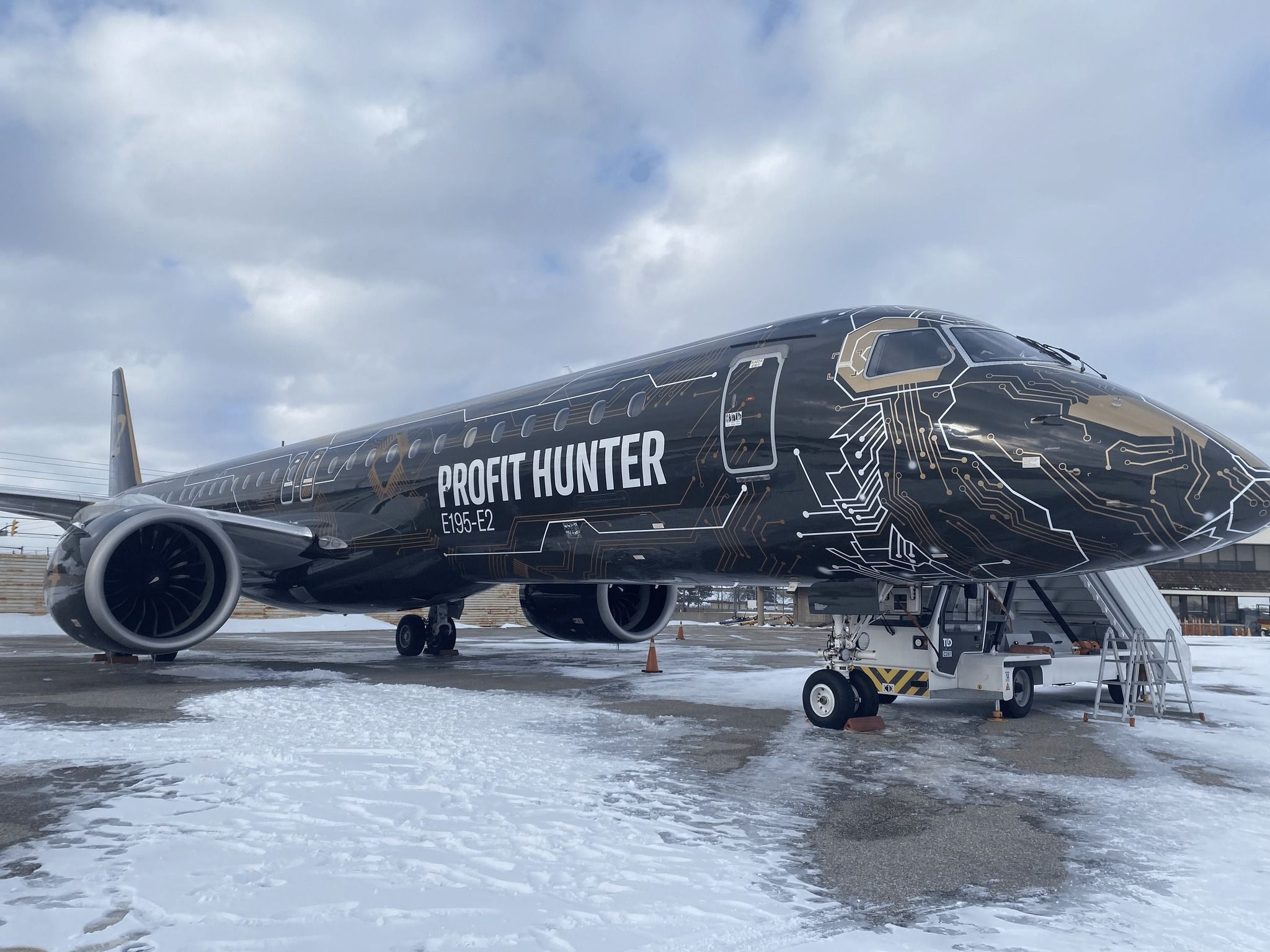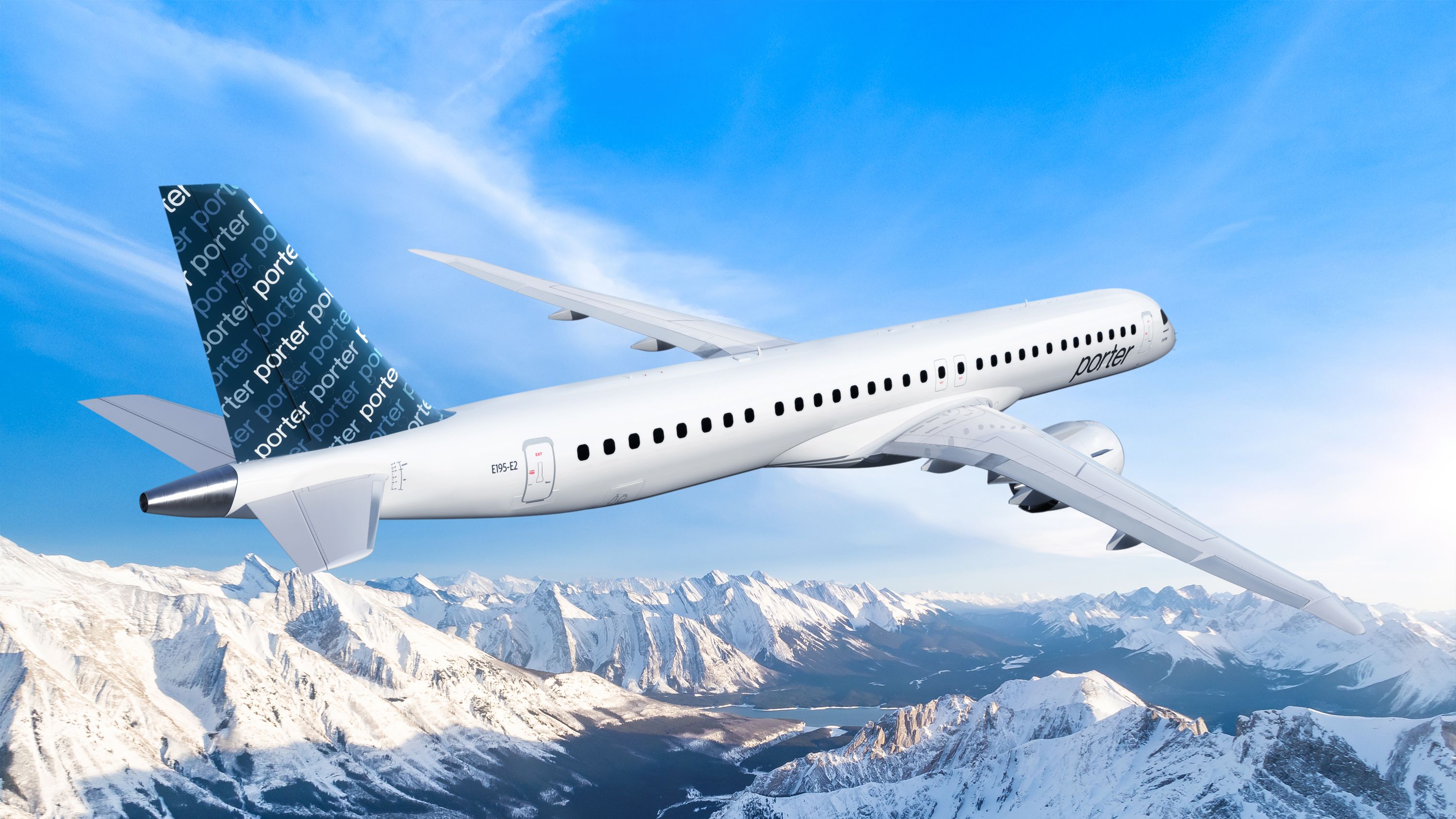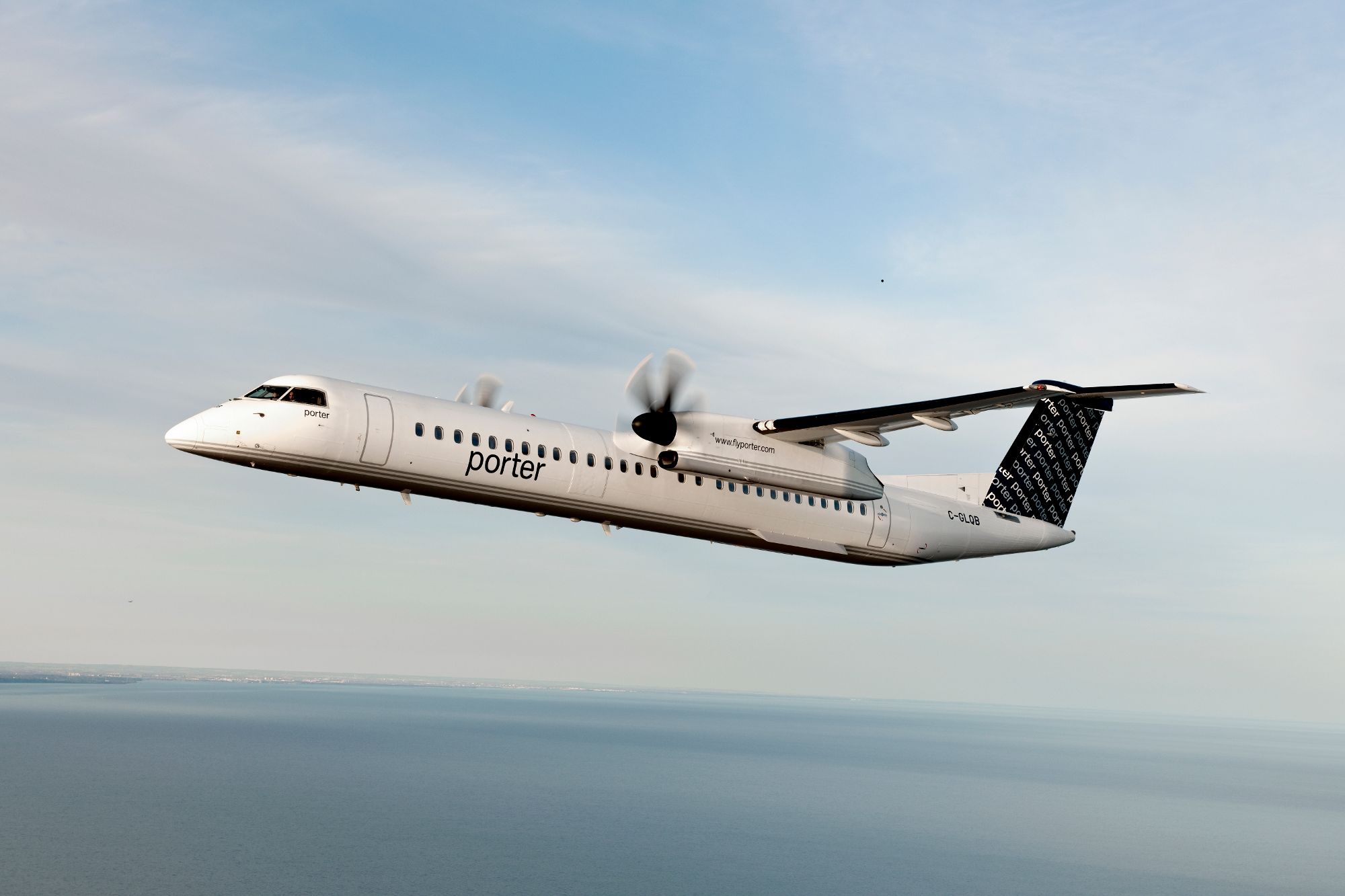Embraer sent its “Tech Lion,” an E195-E2, to Canada to test it under extreme weather conditions, prior to delivering the Canadian carrier Porter Airlines its first E195-E2 units. What tests did the Brazilian OEM hold while in Yellowknife and Iqaluit, Canada? Let’s investigate further.
The cold soak test
Last week, Embraer took its demonstrator E195-E2 aircraft, also known as the “Tech Lion” to Canada to complete several tests under extreme weather conditions.
These tests play a key role in Porter Airlines’ plan to expand its network later this year, the Canadian airline announced on Facebook. Embraer took the E195-E2 to Yellowknife and Iqaluit, two of Canada’s most-northern cities. As Embraer stated,
“The environment was ideal for measuring the effect of prolonged cold on the aircraft’s operations and systems. The test measures the impact on more than 200 items. After the ‘soak,’ Embraer’s flight team flew the aircraft to check its flying behavior. There was another round of checks by the ground crew after the E195-E2 landed.”
In the past, Embraer’s E195-E2 had already passed a cold soak test during its original certification with the European Union Aviation Safety Agency (EASA).
Five years ago, Embraer established Pioneer Airlines to accelerate the certification of the new E-Jet Family. Embraer used its in-house airline to fly simulated airline operations, including high frequency, high-cycle schedules, and cold weather flying in North America.
Nonetheless, through Transport Canada, the Canadian Government has explicitly developed and applied a requirement to conduct testing after prolonged exposure to cold temperatures on the ground “to ensure satisfactory cold temperature functioning of the aircraft.”
Embraer and Porter
Last year, Porter Airlines announced it had placed an order for 30 E195-E2s, with purchase options for a further 50. If Porter Airlines converts its purchase rights into a firm order, it would become the largest operator of the type, surpassing Brazil’s Azul.
When announcing the E195-E2 order, Michael Deluce, President and CEO of Porter Airlines, said,
“Embraer’s E2, with its spacious cabin, quiet operations, and no middle seats, provides the refined, comfortable experience upon which Porter has built its reputation for service and quality. Our customers are going to love the experience on this jet as much as we already do at Porter.”
Currently, Porter Airlines has a fleet of 29 DHC-8-Q400 aircraft, according to data provided by ch-aviation. The average age of its fleet is 12 years old. Porter Airlines currently has scheduled 1,074 flights in February, offering 82,131 seats. It mostly operates from Billy Bishop Toronto City Airport.
The flight back home
Following the tests in the northern regions of Canada, Embraer brought its test aircraft back to Brazil via Toronto.
On February 17, Embraer’s Tech Lion (registration PR-ZIQ) flew from Iqaluit to Ottawa, according to FlightRadar24.com. On the same day, it flew to Toronto.
A couple of days later, Embraer operated a long flight between Toronto and Manaus, Brazil. It was nearly 5,550 kilometers or 3,000 nautical miles long and lasted over seven hours. The average performance of an E195-E2 commercial aircraft allows the plane to have a range of 4,815 kilometers or 2,600 nautical miles. Nonetheless, Embraer was able to fly farther than that this weekend because the Tech Lion had no seats, no cargo, and no passengers onboard, lightening its weight.
Have you traveled onboard a new Embraer E195-E2? With which airline and how was the experience? Let us know in the comments below.



